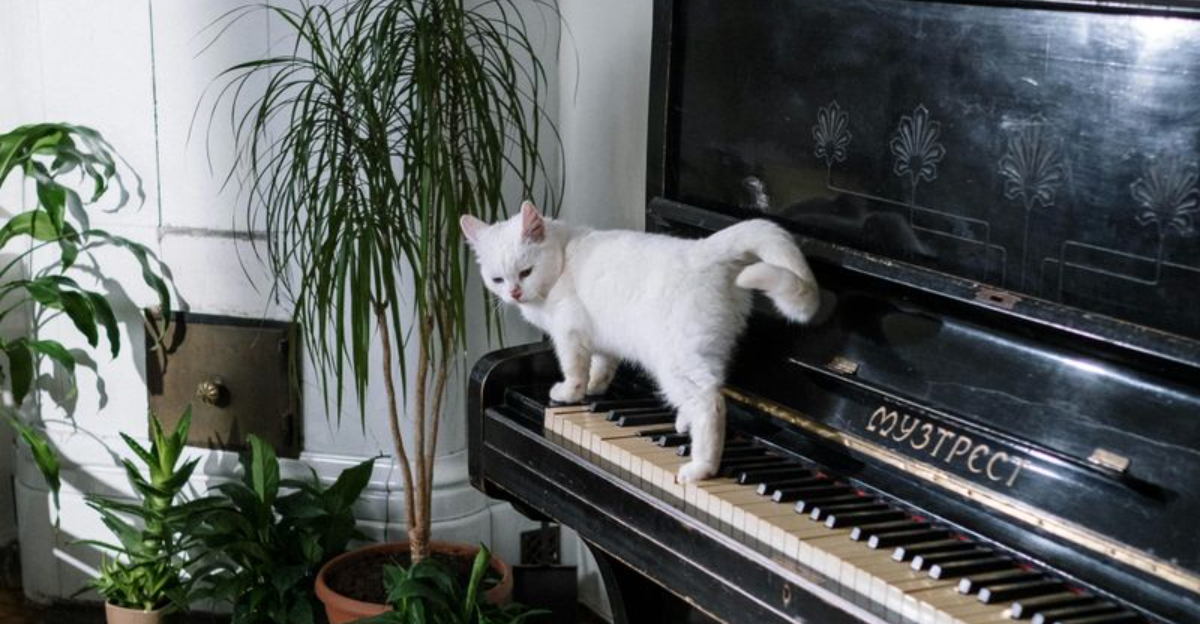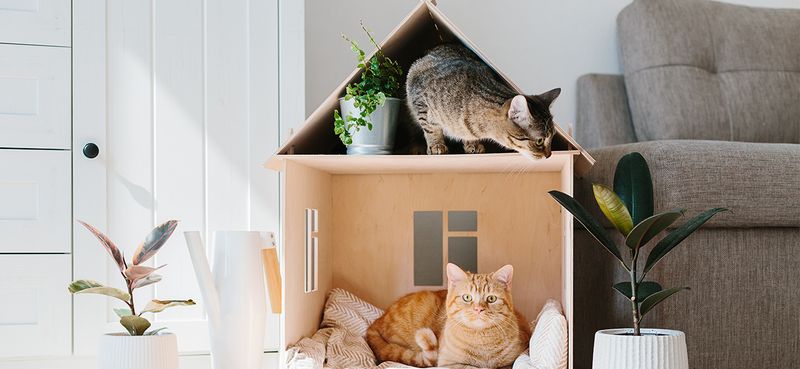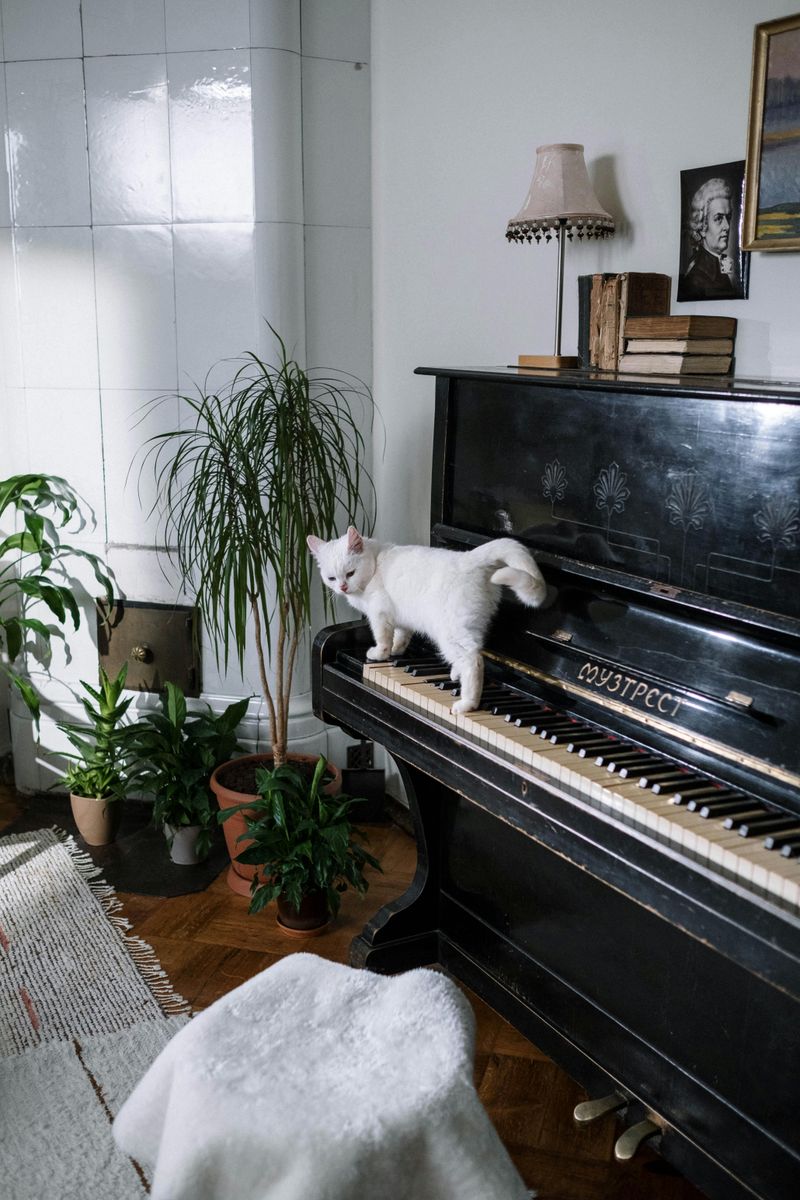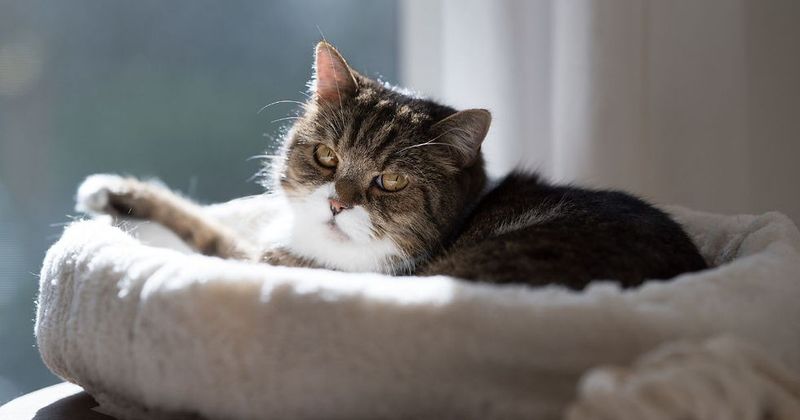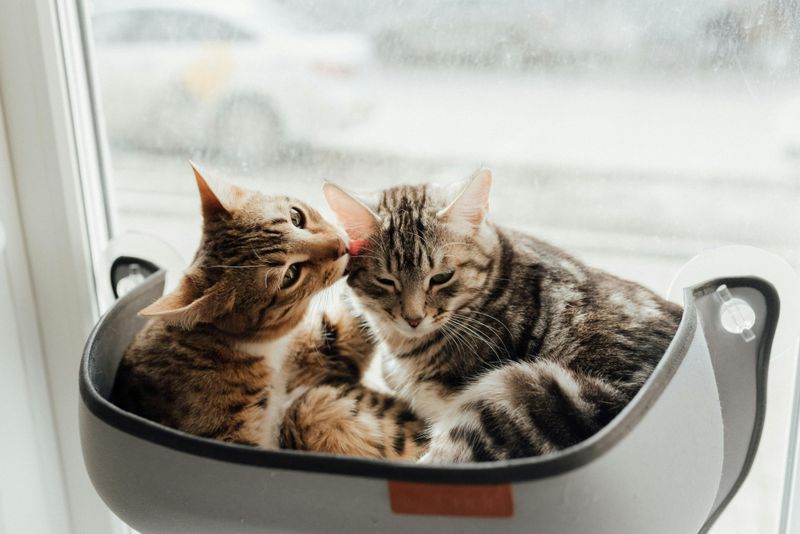📖 Table of Content:
Cats: they rule the internet, your sofa, and—let’s face it—your entire heart.
But when it comes to their living space, how much room do these purring monarchs actually need to be happy and healthy? Whether you’re living in a cozy studio apartment or a sprawling suburban house, it’s natural to wonder if you’re giving your whiskered roommate enough territory to roam.
Many assume cats are low-maintenance, and in some ways, that’s true—they don’t need daily walks like dogs, and they tend to nap more than a teenager on summer break. But beneath that sleepy surface lies a complex creature with instincts, preferences, and a fierce sense of territory. A cat’s environment affects their behavior, mood, and overall well-being more than many people realize.
The good news? Cats are adaptable. Your feline friend isn’t judging your square footage—they’re judging the quality of their environment. (Yes, even your minimalist studio can be a cat haven with a bit of creativity and planning.) The trick is making the most of what you have and understanding what your cat really values.
So, whether you’re a new cat parent or a long-time feline fanatic looking to optimize your setup, let’s dig into the space needs of our furry companions. From vertical real estate to napping nooks, we’re breaking down exactly how much room your cat needs—and how to make it purr-fect.
It’s Not About the Square Feet, It’s About the Vibe
You might think your cat dreams of a vast kingdom, but truthfully, many cats are more into cozy corners than endless corridors. They don’t need a mansion—they need a few well-chosen spots that feel safe, warm, and “theirs.” Think: a sunny windowsill, a high perch, or a blanket-covered chair that mysteriously attracts 10 hours of naps per day.
What matters most is how you use the space. Even a small apartment can feel like a cat palace if it includes vertical levels, hiding places, and cozy nooks.
The vibe also includes your energy. A calm, predictable environment will help your cat feel comfortable and in control. Sudden changes in layout or loud, chaotic spaces can stress them out. So while they may not need a whole extra room to themselves, they do need a consistent and thoughtfully arranged slice of your world.
The Vertical Empire: Climb Every Mountain (Or Bookshelf)
If your cat had an architectural style, it’d be “skyscraper chic.”
Cats are natural climbers and vertical territory is just as important—if not more—than floor space. A cat tree, window perch, or even access to the top of a wardrobe can satisfy their inner mountain lion.
Why is vertical space such a big deal? Well, it taps into their instincts. In the wild, climbing helps cats scout for food, avoid predators, and assert dominance. At home, it provides exercise, mental stimulation, and that all-important sense of control. Plus, it’s just plain fun—watching your cat parkour from the couch to the counter is entertainment gold.
If you’re short on floor space, go vertical! Wall-mounted shelves, hanging hammocks, or stackable cube storage can all be transformed into cat-friendly climbing zones.
Bonus: it keeps your cat off your laptop and out of your laundry basket… well, maybe.
Multi-Cat Homes: Sharing Isn’t Always Caring
Adding a second cat to your household? First of all—congratulations! Secondly—prepare for a crash course in feline politics. Cats can live harmoniously together, but they still need their own territory to avoid turf wars and passive-aggressive tail flicks.
Each cat should have its own feeding area, litter box (yes, one per cat plus one extra is ideal!), and separate places to rest and perch. This prevents competition and helps everyone feel secure in their domain. Think of it like having siblings share a room—they’ll coexist better if they don’t have to share everything.
Cats communicate subtly, and having enough space can prevent a lot of drama. No one wants a midnight wrestling match on their face. So, while individual cats don’t need tons of space, more cats means more complexity—and more need for strategic spacing.
Peace in the kingdom depends on it.
